Makguksu Recipe: Authentic Korean Cold Buckwheat Noodles with Spicy Gochujang Sauce
"Learn how to make authentic Korean makguksu with cold buckwheat noodles, spicy sauce, and perilla leaves"
(5) default ratingBy Food and Spot, August 1, 2025
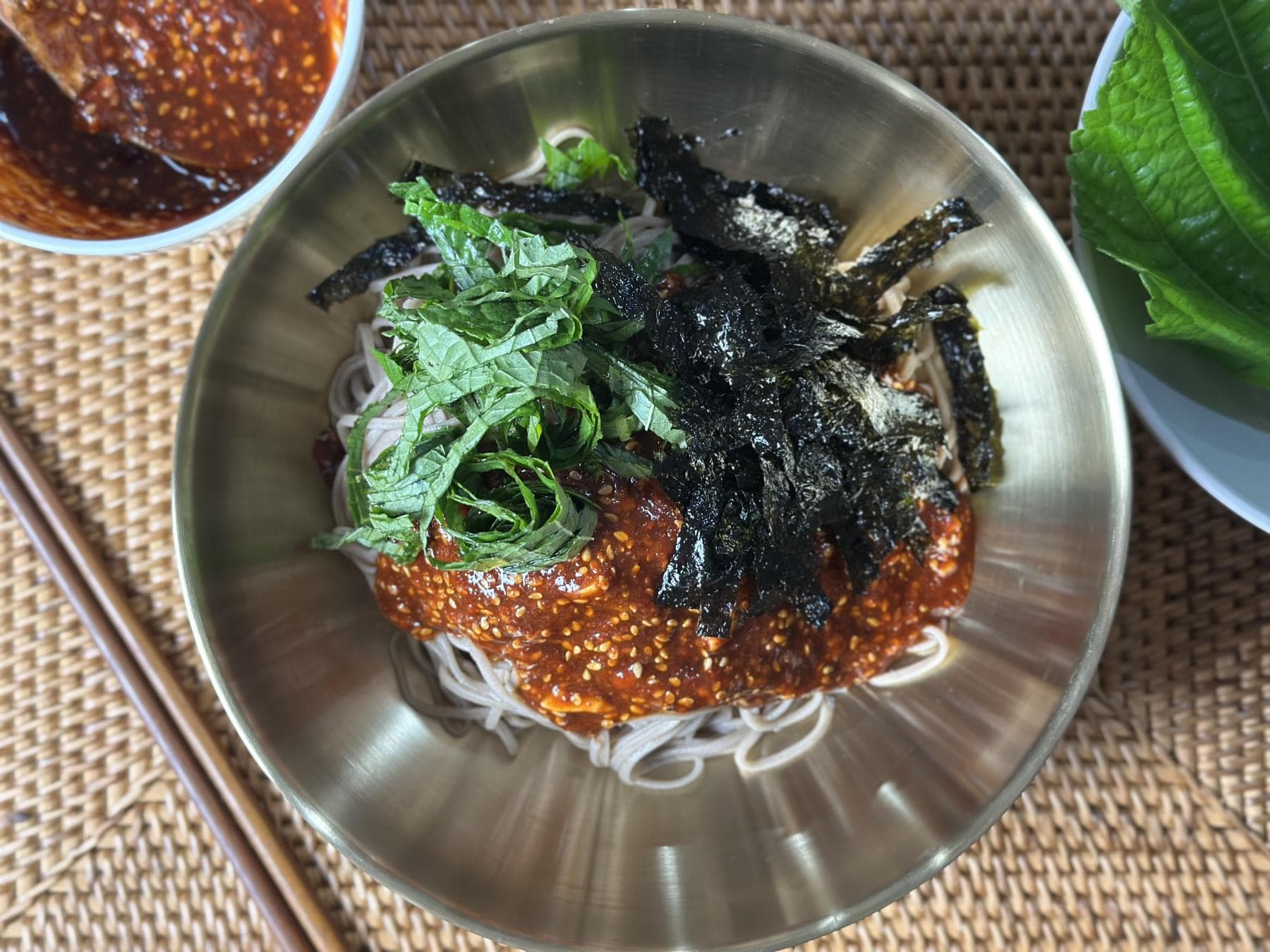
ingredients
- Buckwheat noodles
- 3 tbsp gochugaru (Korean red pepper flakes)
- 3 tbsp sugar
- 3 tbsp vinegar
- 5 tbsp soy sauce
- 5 tbsp water
- 1/2 tbsp minced garlic
- 1 tbsp gochujang (Korean red pepper paste)
- 1/2 tbsp yellow mustard
- 1 tbsp sesame seeds
- perilla leaves
- seasoned seaweed
Korean Makguksu (막국수) Recipe: Spicy Cold Buckwheat Noodles with Gochujang
Cooking time : 10 mins Serves : 2 people
If you’re looking for a light, refreshing, and spicy Korean cold noodle dish, Makguksu (막국수) is the perfect choice. Made with buckwheat noodles and a bold gochujang-based sauce, this dish delivers tang, spice, and nuttiness all in one bite.
Makguksu is especially popular in the warmer months but can be enjoyed year-round. Whether served as a main dish or a refreshing side to grilled meats like samgyeopsal (grilled pork belly), dakgalbi, it’s a flavorful and satisfying meal that comes together in under 10 minutes.
In Korea, Dakgalbi and Makguksu are always sold together.
In this recipe, we’ll walk you through how to make authentic makguksu with simple ingredients. You’ll also learn how to rinse the noodles properly, build the sauce, and finish the dish with classic Korean toppings like perilla leaves and crushed seaweed.
What Is Makguksu? (막국수): Korean Cold Buckwheat Noodle Dish Explained
Makguksu is a traditional Korean cold noodle dish made with buckwheat noodles (memil guksu), served in a tangy, spicy sauce. It’s often compared to bibim naengmyeon, but makguksu tends to have a simpler, earthier feel with rustic ingredients.
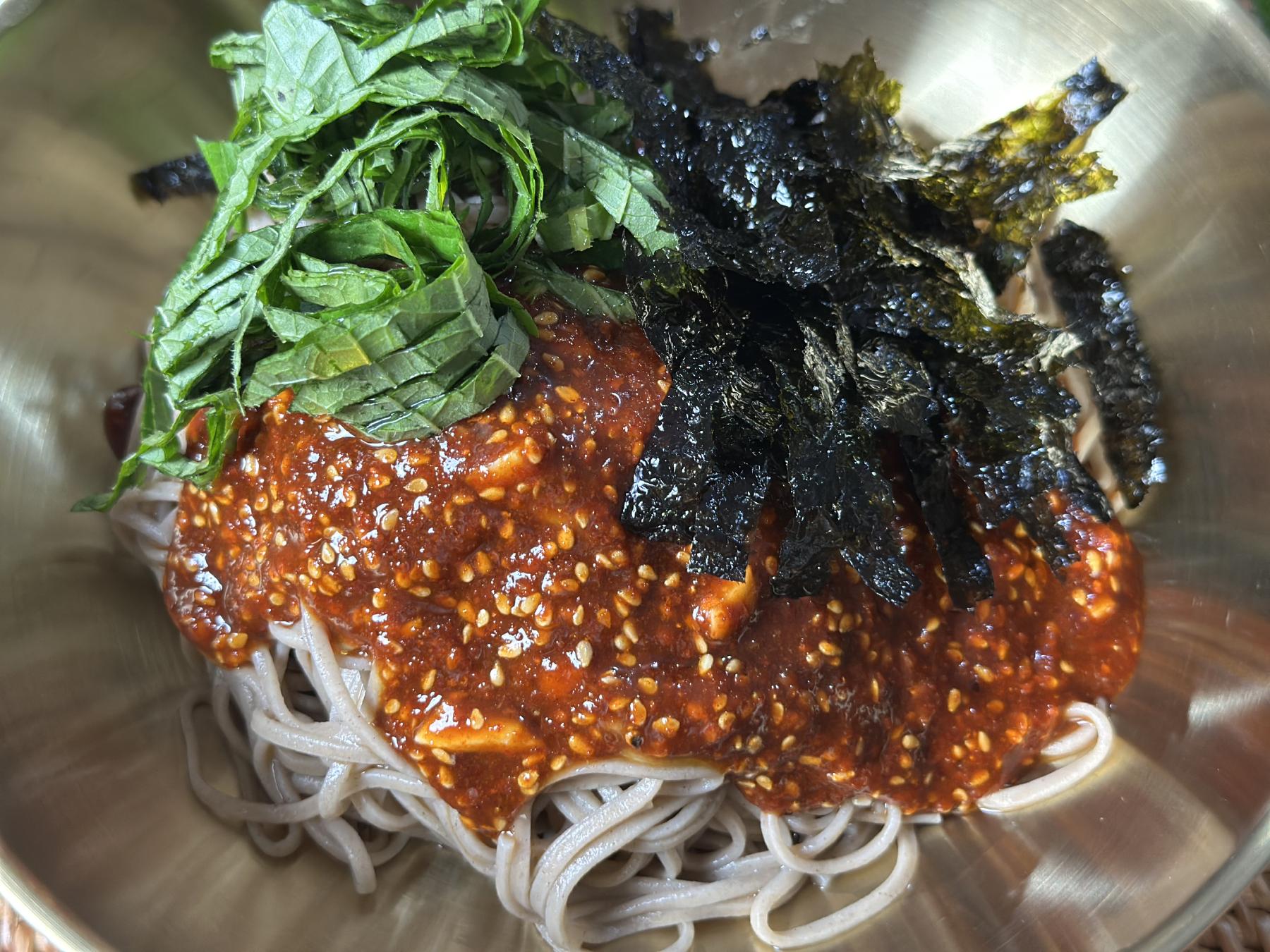
The name “mak” means “rough” or “unrefined” in Korean, referring to the simple, accessible nature of the dish. Originating from the Gangwon Province, where buckwheat grows in abundance, makguksu has long been a staple summer dish for many Korean households.
Ingredients for Makguksu, Spicy Korean Cold Buckwheat Noodles
To make makguksu at home, you’ll need a few pantry staples. Here’s everything you’ll need:
Main
- Buckwheat noodles (memil guksu)
- Cold water and ice (for rinsing the noodles)
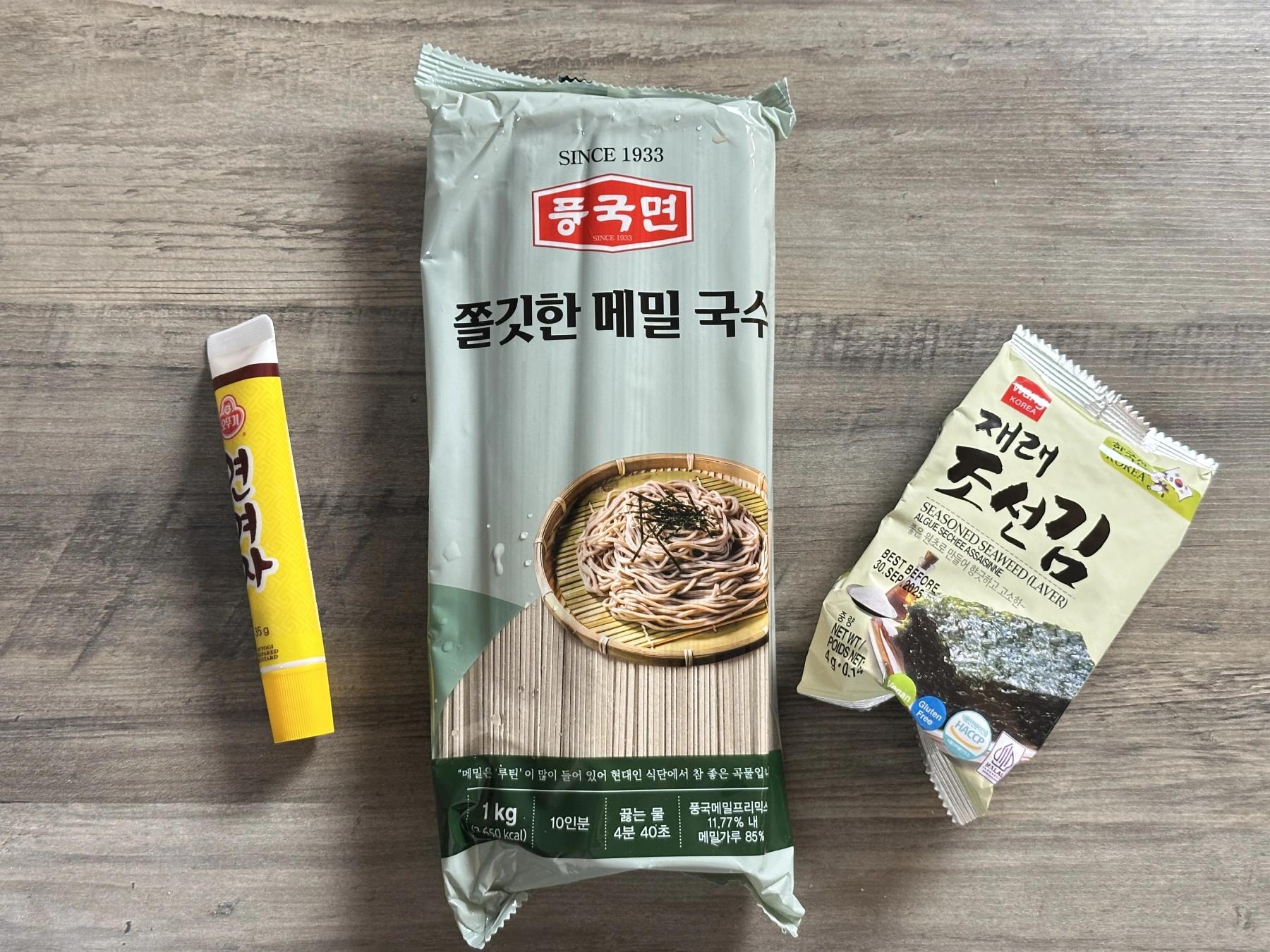
Sauce (for 1–2 servings)
- 3 tablespoons gochugaru (Korean red pepper flakes)
- 3 tablespoons sugar
- 3 tablespoons vinegar (apple vinegar or rice vinegar preferred)
- 5 tablespoons soy sauce
- 5 tablespoons water
- 1/2 tablespoon minced garlic
- 1 tablespoon gochujang (Korean red pepper paste)
- 1/2 tablespoon yellow mustard (Korean-style or regular)
- 1 tablespoon sesame seeds
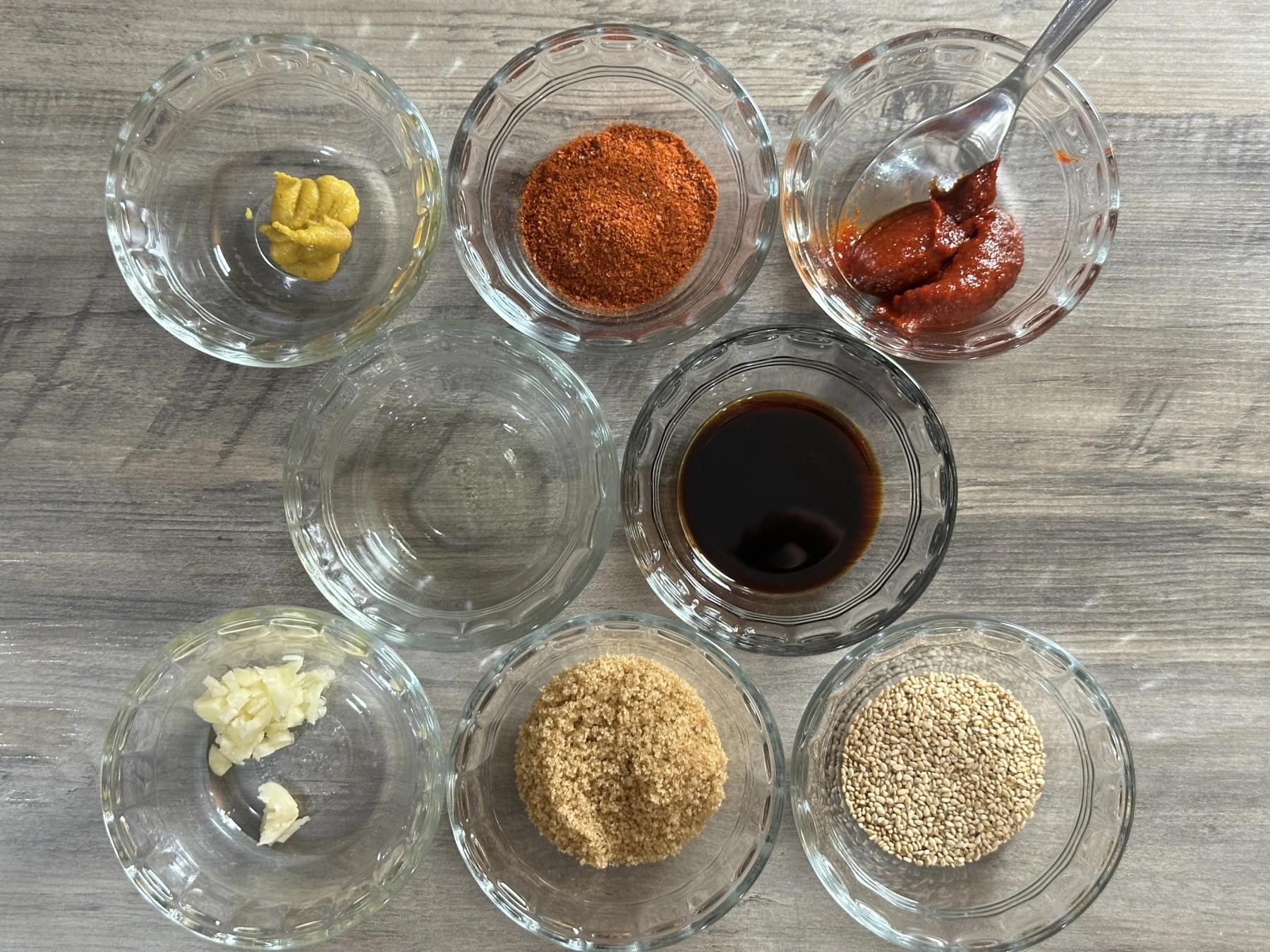
Toppings
- Chopped perilla leaves
- Finely crushed seasoned seaweed (gim or nori)
- 1 tablespoon sesame oil (to taste)
Optional toppings include sliced cucumber, hard-boiled egg, or pickled radish for extra freshness and color.
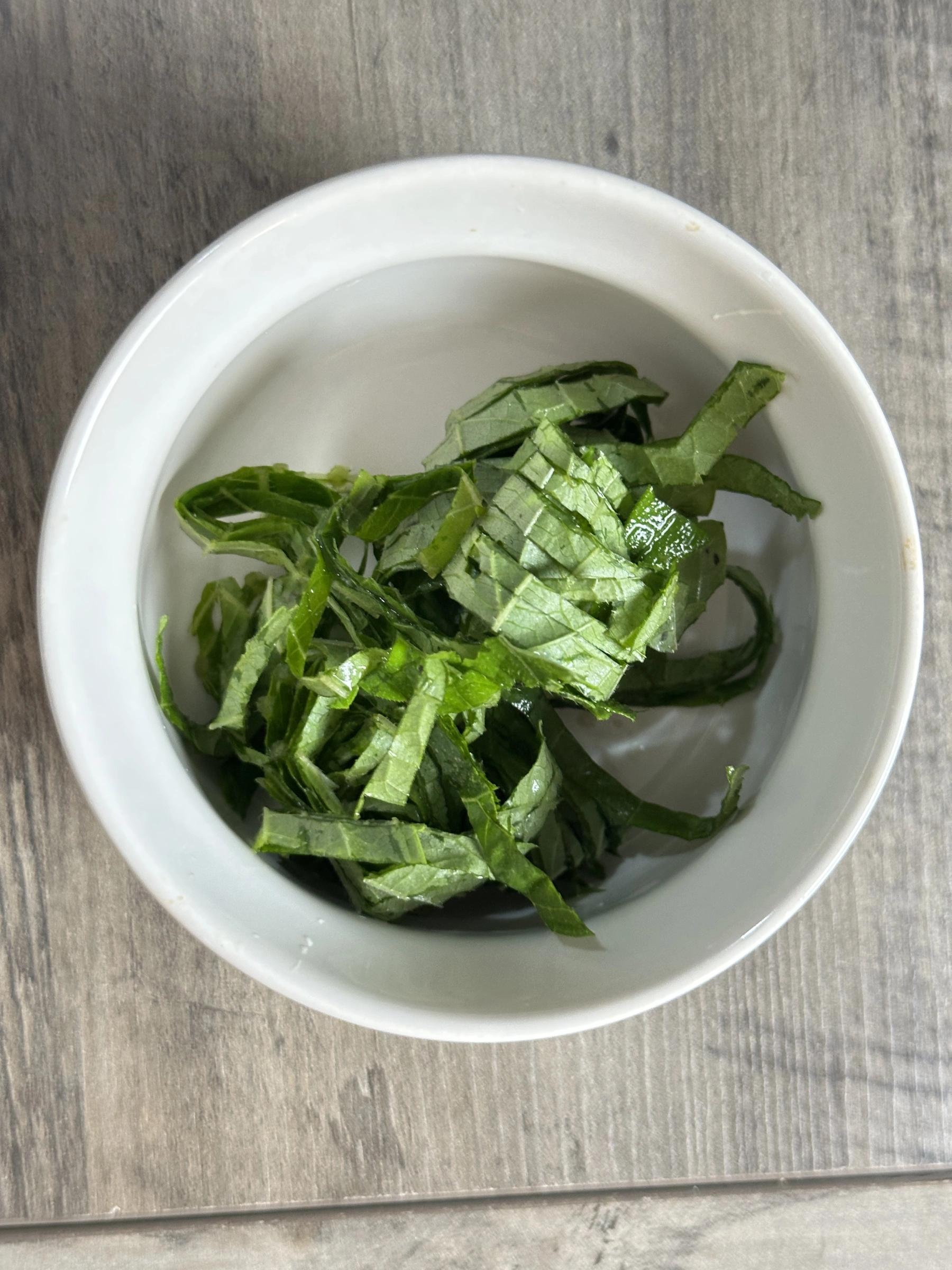
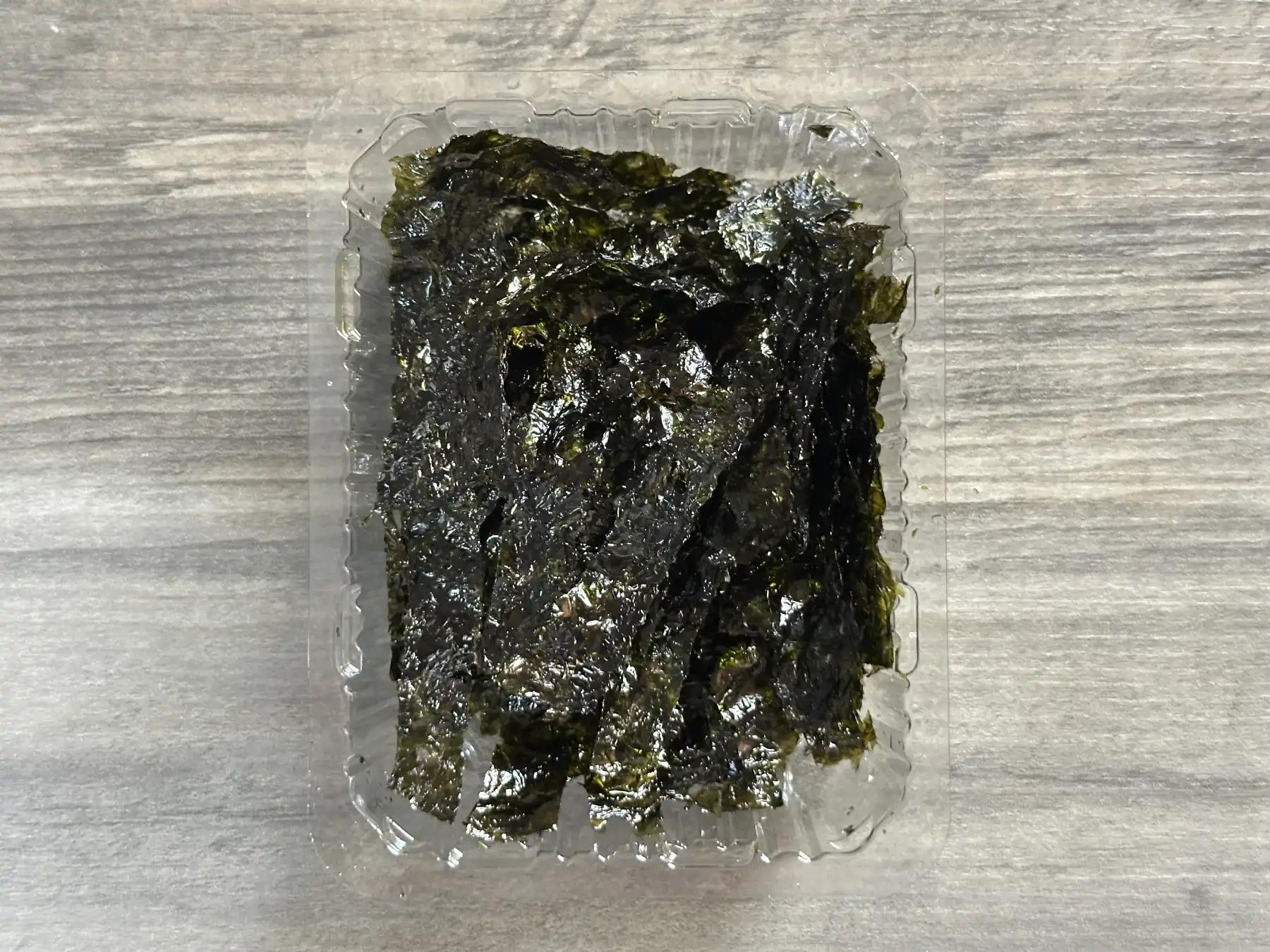
How to Make Makguksu: Step-by-Step Guide to Korean Spicy Buckwheat Noodles
Step 1: Boil the Buckwheat Noodles
Bring a large pot of water to a boil. Add your buckwheat noodles and cook according to the package instructions. Cooking time typically ranges from 3 to 5 minutes, depending on the brand.
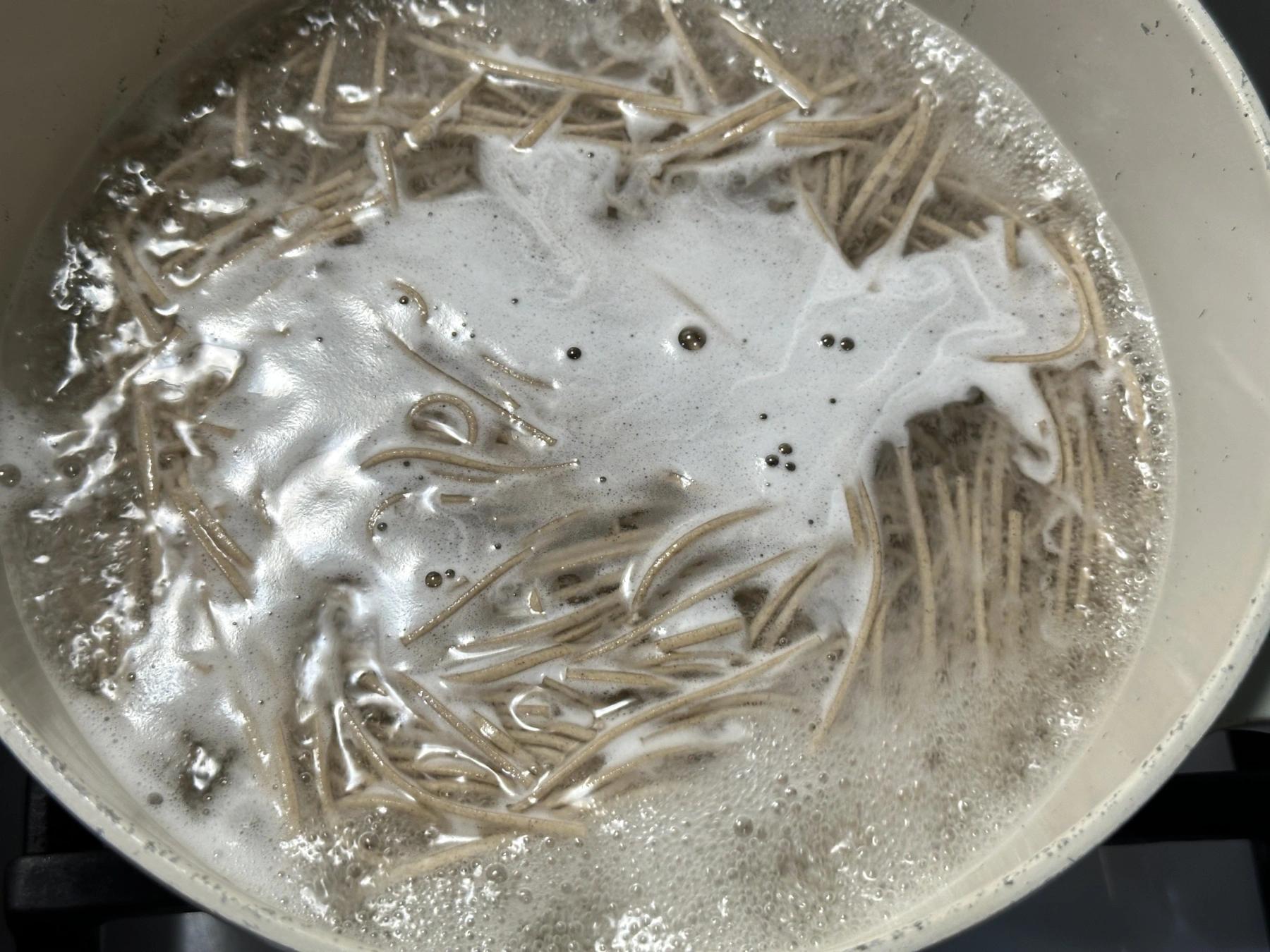
Stir the noodles occasionally while boiling to prevent sticking. Buckwheat noodles cook quickly, so keep an eye on them to avoid overcooking.
Pro tip: Do not salt the boiling water. Buckwheat noodles absorb salt quickly and can become overly salty if the water is seasoned.
Step 2: Rinse Noodles in Cold Water
Once the noodles are fully cooked, drain them into a colander and immediately rinse under cold running water. Use your hands to gently rub and rinse off the starch. Repeat this process 2 to 3 times until the noodles are cold and no longer sticky.
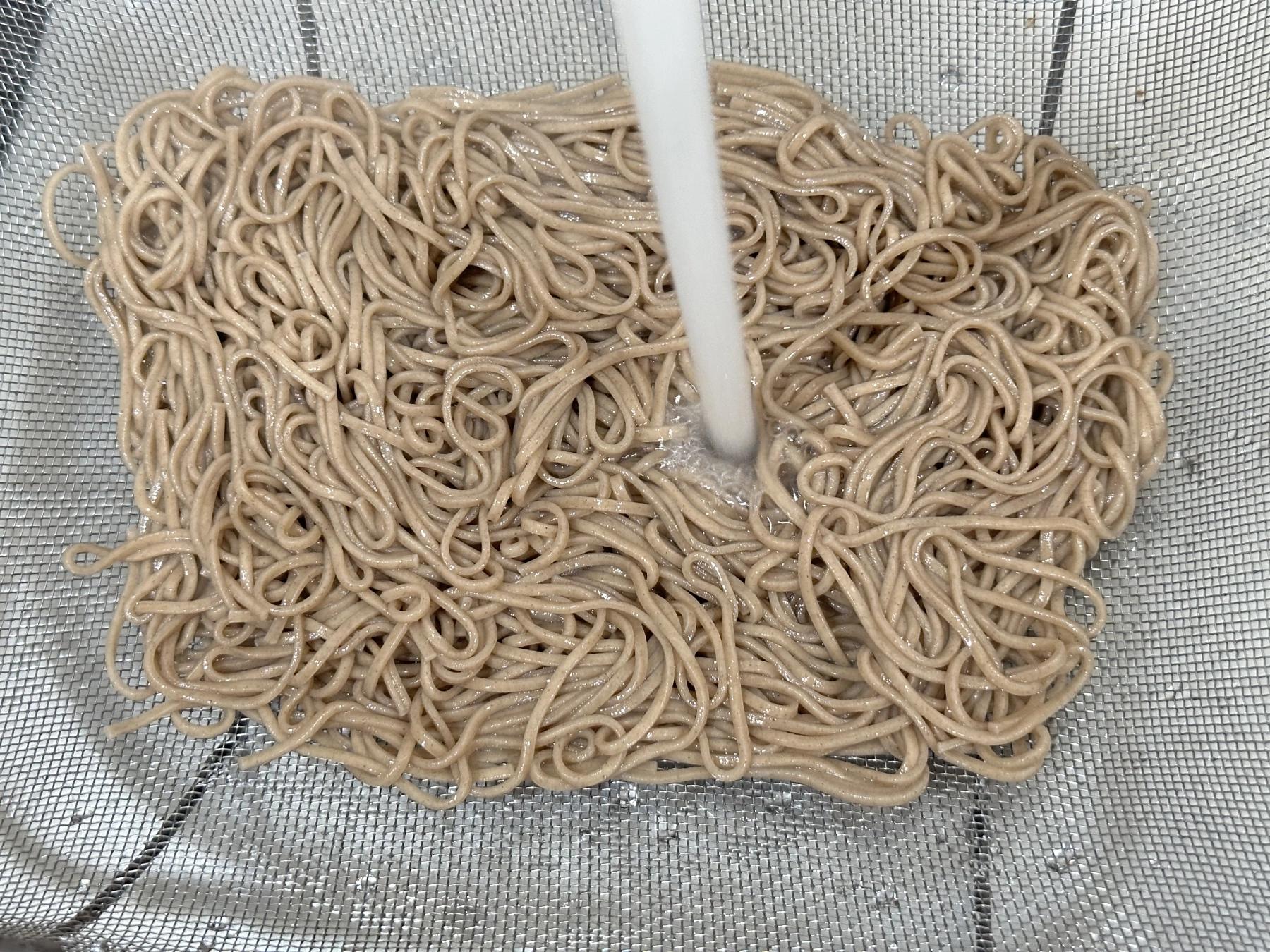
For best results, dunk the rinsed noodles into a bowl of ice water. This stops the cooking process and gives the noodles a firm, chewy texture.
Drain the noodles well before serving.
Step 3: Make the Spicy gochujang Sauce
While the noodles are cooling, prepare the spicy sauce. In a medium bowl, combine the following:
- 3 tablespoons red pepper flakes
- 3 tablespoons sugar
- 3 tablespoons vinegar
- 5 tablespoons soy sauce
- 5 tablespoons water
- 1/2 tablespoon minced garlic
- 1 tablespoon gochujang
- 1/2 tablespoon yellow mustard
- 1 tablespoon sesame seeds
Mix everything thoroughly until the sugar is fully dissolved and the sauce is smooth.
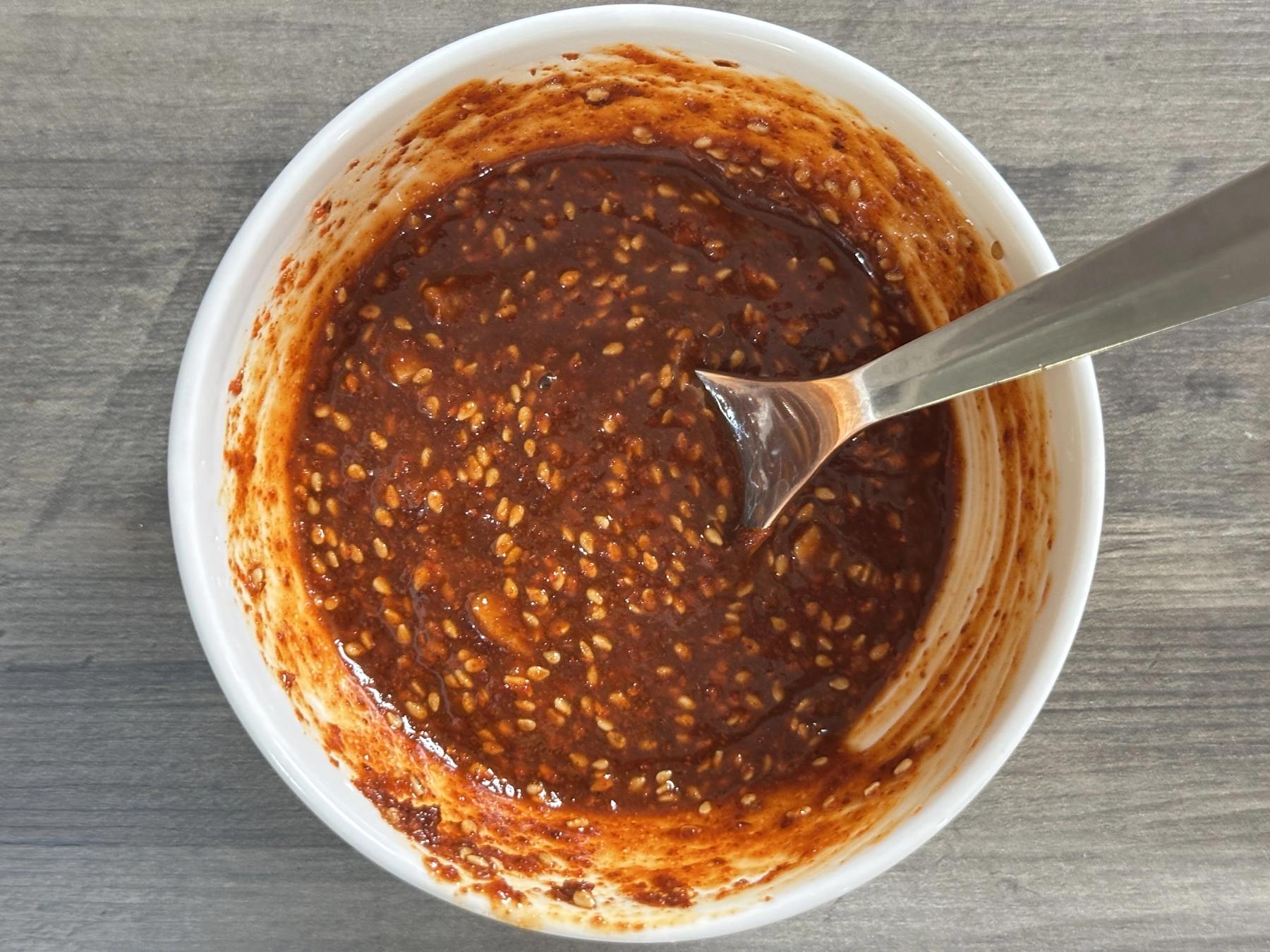
The result should be a vibrant red sauce with a balance of sweet, spicy, and tangy flavors. Adjust the spice level by reducing the red pepper flakes or gochujang if needed.
Step 4: Assemble the Makguksu
Place the drained, cooled noodles into a shallow bowl. Pour the spicy sauce generously over the noodles.
Top with:
- Chopped perilla leaves (adds herbal, slightly minty aroma)
- Finely crushed seaweed (adds umami and crunch)
- 1 tablespoon sesame oil (adds nuttiness and fragrance)
You can also add julienned cucumbers, a boiled egg, or thinly sliced Korean pear for more texture and variety.

How to Serve Makguksu: Best Ways to Enjoy Korean Cold Buckwheat Noodles
Makguksu can be served:
- As a light summer main dish, especially during hot weather
- As a side dish to complement grilled meats like samgyeopsal or bulgogi
- Alongside kimchi, pickled radish, or grilled vegetables for a full Korean spread
Because it’s cold and refreshing, it’s also great for post-workout meals or light lunches.
To eat, simply mix the sauce and toppings thoroughly into the noodles using chopsticks or tongs, making sure every strand is coated.
Makguksu vs. Other Korean Noodles: What Makes It Unique?
Korean cuisine has several cold noodle dishes like:
- Bibim Naengmyeon: Chewy noodles with sweet-and-spicy sauce, often served with broth ice
- Mul Naengmyeon: Buckwheat noodles served in icy beef or dongchimi broth
- Jaengban Guksu: Platter-style spicy noodles served family-style with lots of toppings
Makguksu stands out because of:
- Its simpler, more rustic profile
- Use of perilla leaves and crushed seaweed as key toppings
- Focus on earthy buckwheat noodles
- Its flexibility as both a standalone and side dish
It’s more casual, but still deeply satisfying.
Tips for Perfect Makguksu, Korean spicy cold noodles
Here are a few helpful tips to ensure your makguksu turns out great every time:
- Don’t overcook the noodles. They should remain slightly chewy.
- Rinse thoroughly. Proper rinsing removes excess starch and keeps noodles firm.
- Make the sauce in advance. Letting it rest for 10 minutes allows the flavors to develop.
- Use cold ingredients. For best results, everything from noodles to toppings should be chilled.
- Add ice cubes to the bowl if serving during hot weather to keep it extra refreshing.
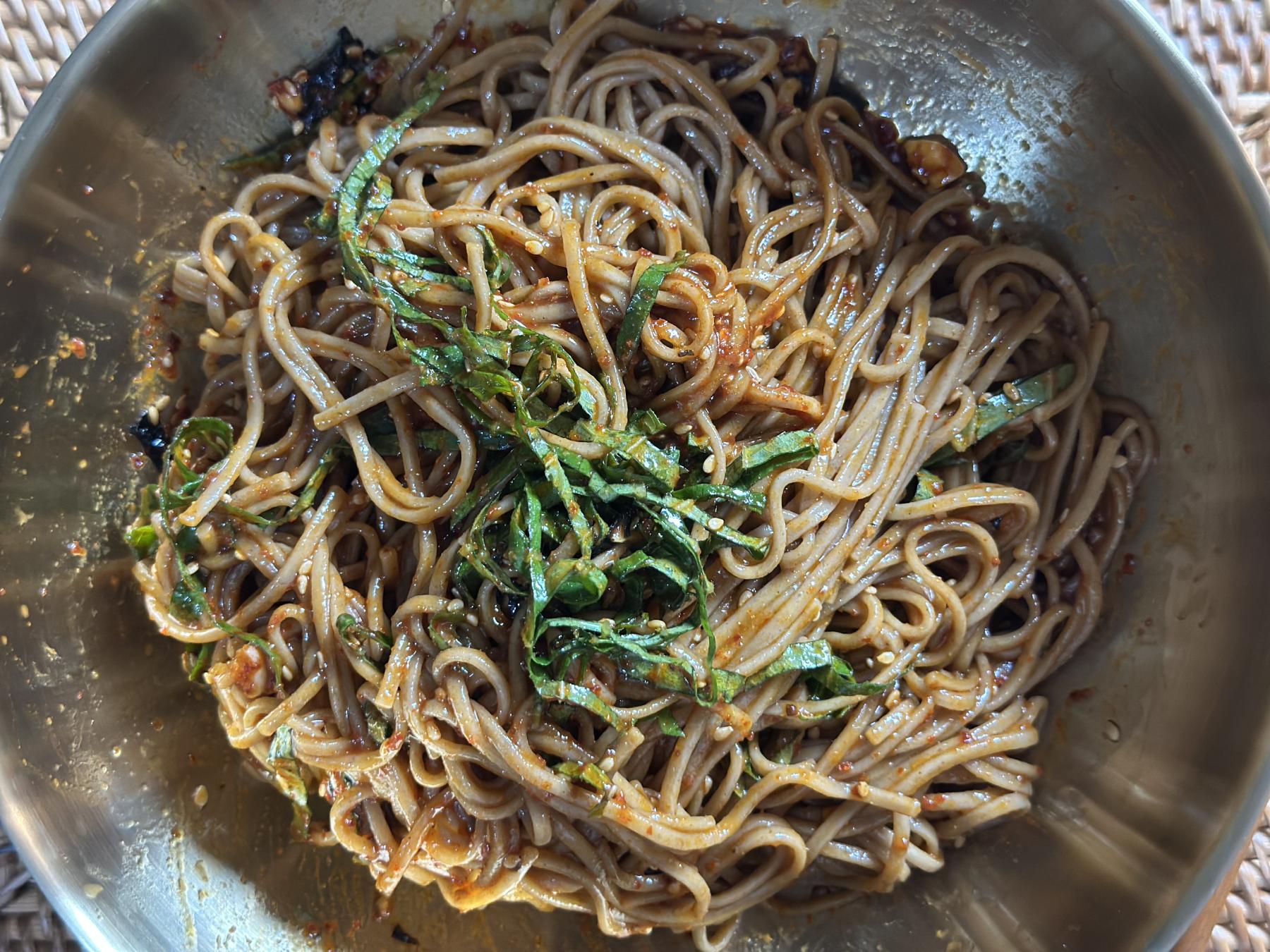
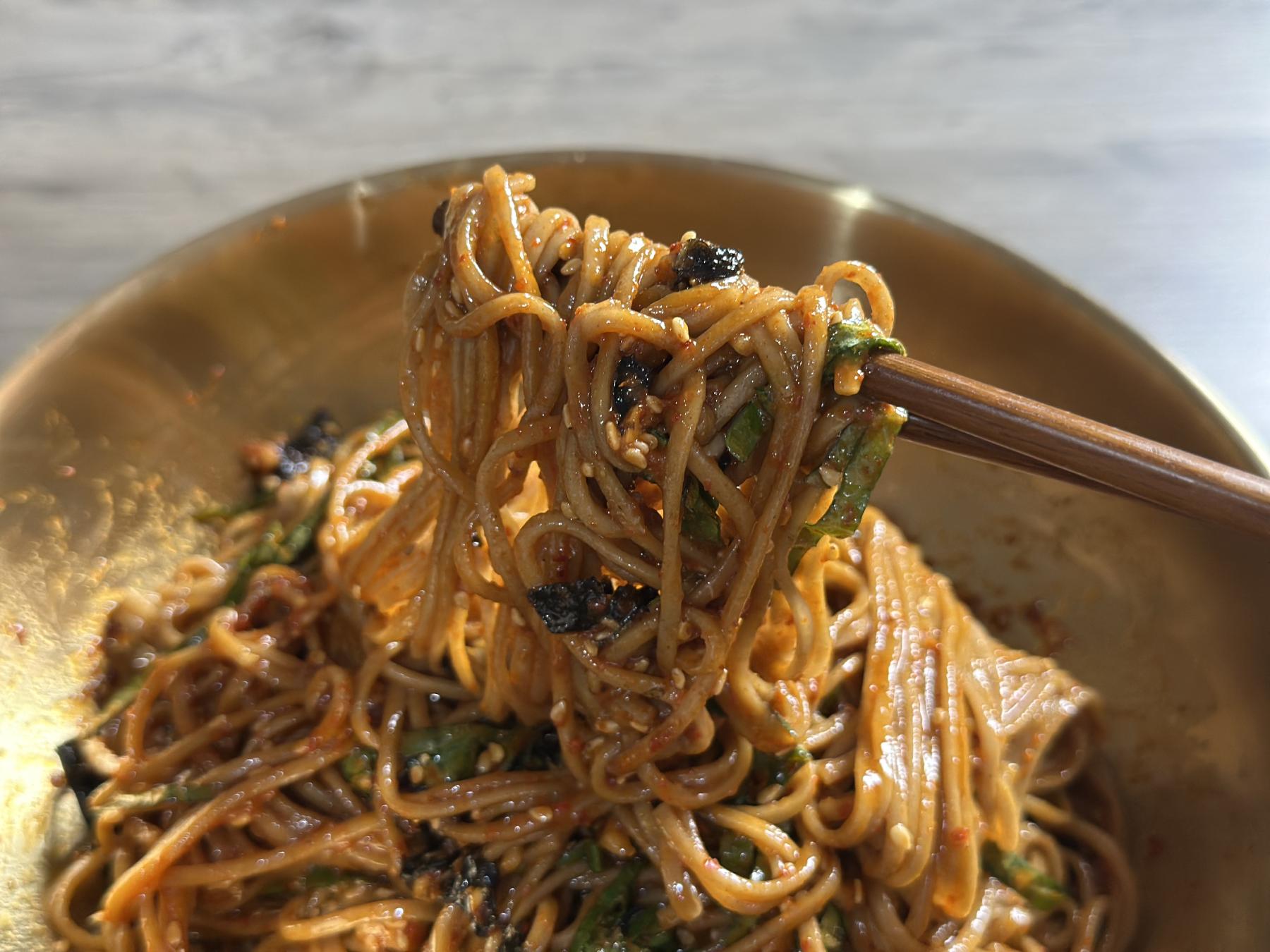
Buckwheat Noodles Benefits: Why Makguksu Is Healthy and Nutritious
Makguksu isn’t just delicious, it’s also nutritious. Buckwheat noodles are:
- Gluten-free (check package to confirm)
- High in protein and fiber
- Rich in antioxidants
- Good for digestion and blood sugar control
Combined with perilla leaves (rich in omega-3s) and seaweed (high in iodine), this dish is a light yet nutrient-packed option.
Korean Cold Noodle Culture: Why Makguksu Is a Summer Favorite
In Korea, cold noodle dishes are a traditional way to cool down in the intense summer heat. Dishes like makguksu, naengmyeon, and kongguksu (soybean cold noodles) are staples in many households from May through September.
They are often served after BBQ meals to cleanse the palate and reset the body from spicy and greasy dishes. In restaurants, you’ll often see diners order makguksu after enjoying grilled pork belly.
It’s not just about temperature, it’s about balance, refreshment, and digestion.
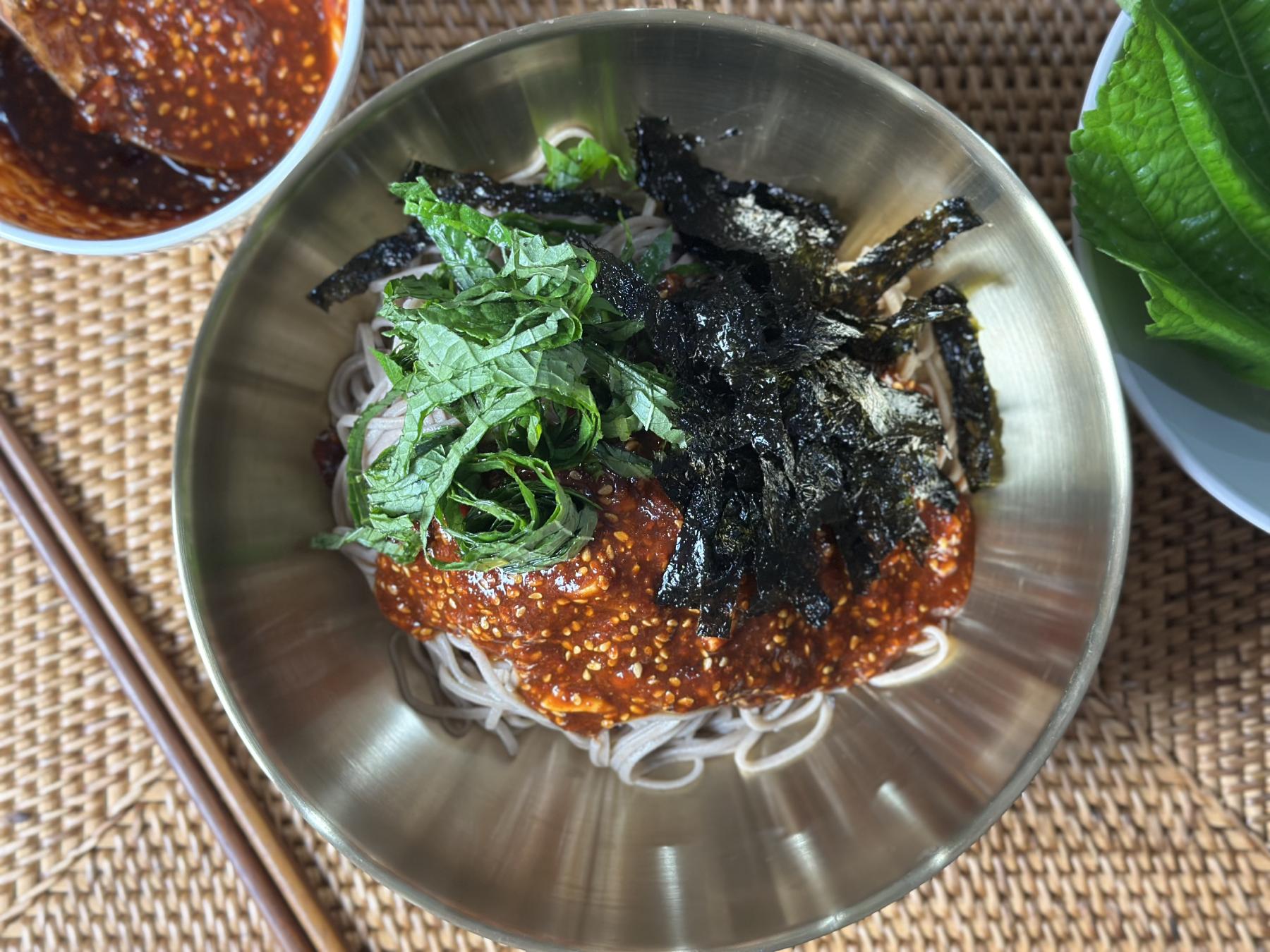
Final Thoughts: Why Makguksu Should Be Your Next Korean Dish to Try
Makguksu is a dish that combines the best of Korean flavors,spice, sweetness, tang, and nuttiness, with the wholesome simplicity of buckwheat noodles. It’s quick to make, full of texture, and incredibly versatile.
Whether you’re new to Korean cuisine or looking for a lighter alternative to meat-heavy meals, makguksu is a great recipe to keep in your rotation.
Try it once, and it may become your favorite summer noodle dish.
Leave a comment
Comments
No comments yet.